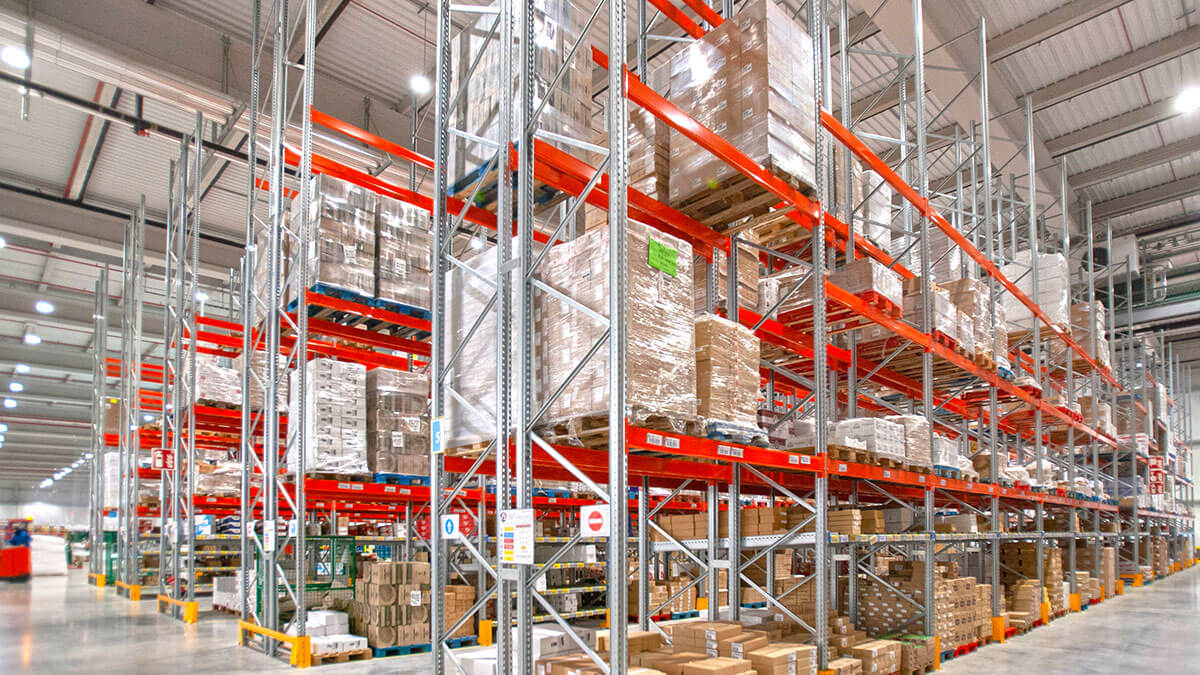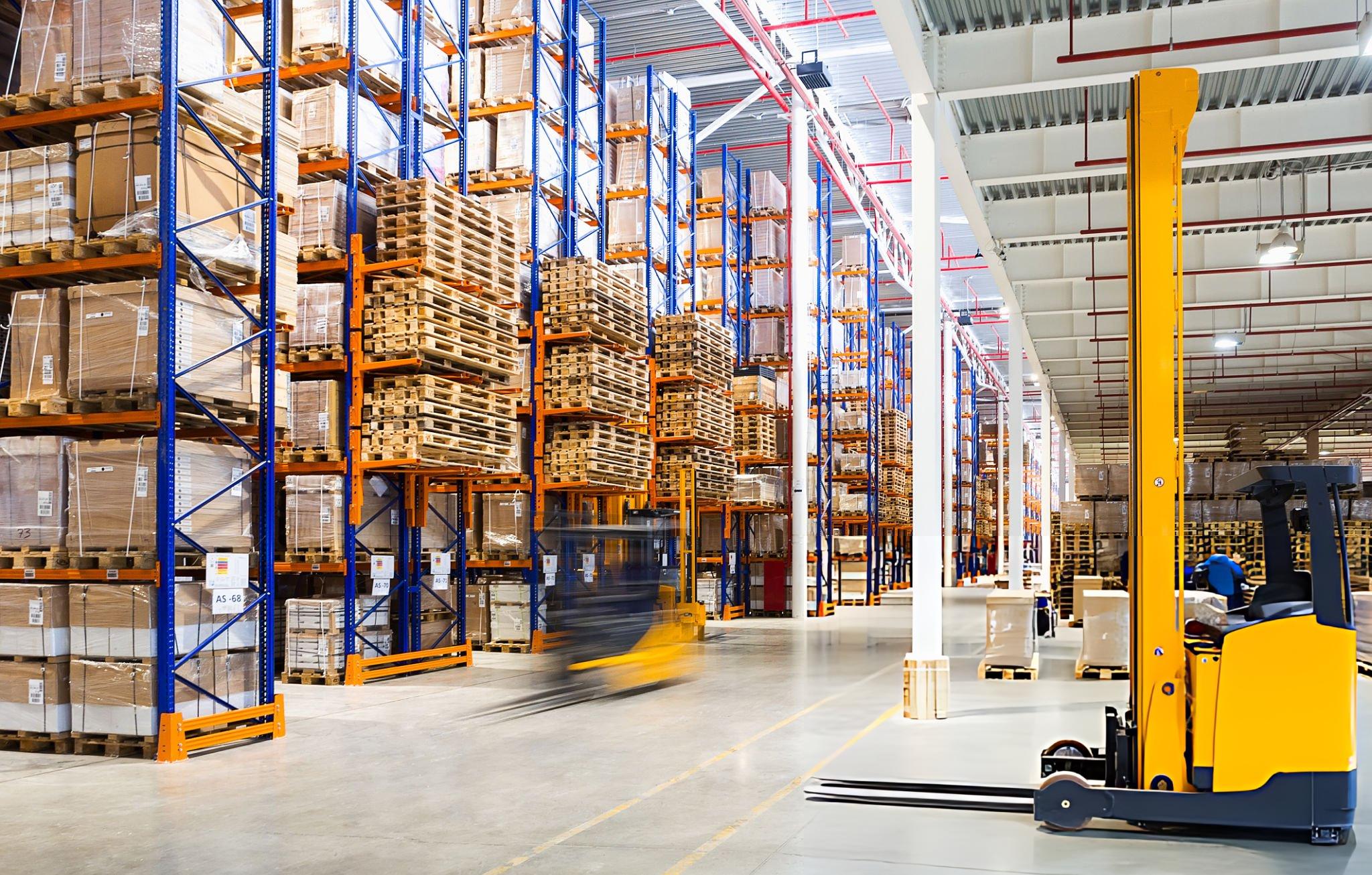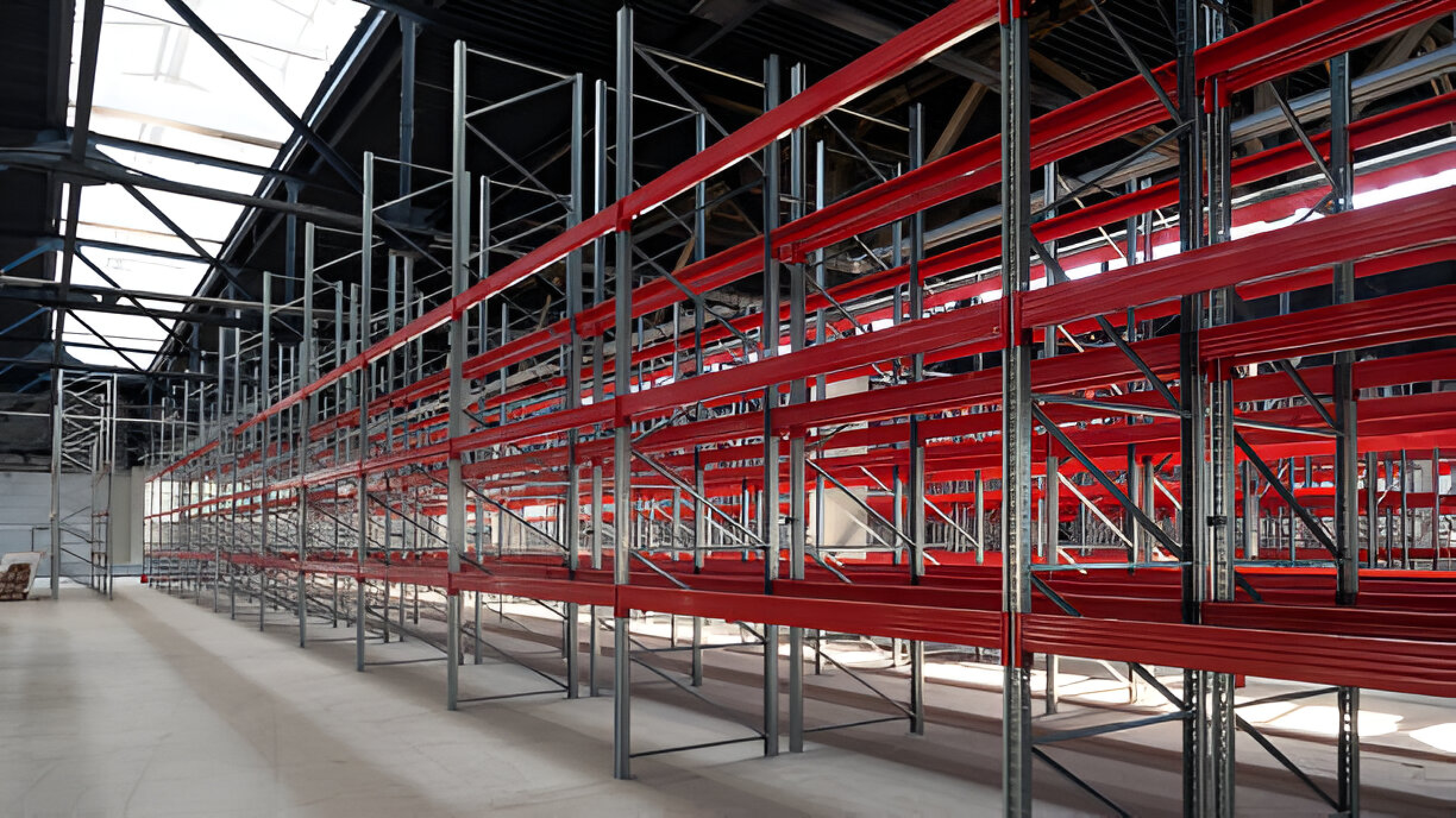What Is Standard Pallet Racking?
When it comes to warehouse storage, pallet racking is one of the most crucial components that help businesses efficiently organize, store, and access their inventory. A well-designed pallet racking system allows warehouses, distribution centers, and storage facilities to maximize their available space, streamline material handling, and enhance overall operational efficiency. Without a structured pallet racking system, businesses would struggle with disorganized inventory, inefficient space usage, and increased labor costs due to delays in retrieving stored goods.
In today’s fast-paced logistics and supply chain environment, selecting the right pallet racking system is essential for businesses that want to optimize their storage solutions



